Tick Safety & Precautions
With the arrival of warm weather comes the arrival of Deer Ticks. WisCorps wants to make sure you are aware and prepared to deal with them while on a field crew.
A little background. Ticks are not insects. They are arachnids, along with spiders and scorpions. They are dormant during the winter and become active and start looking for their first blood meal when the temperatures rise significantly above freezing. This spring’s premature temperature increase has stimulated early activity.
The black-legged tick, also known as the deer tick, is the transmitter of the bacteria that causes Lyme disease. A tick needs to be attached to your body for at least 24-36 hours to transmit Lyme disease, but other infections can be transmitted within hours or even less time.
Ticks carry other diseases, such as Anaplasmosis, Babesiosis, Ehrlichiosis, Rocky Mountain spotted fever, Southern tick-associated rash illness, Tick-borne relapsing fever, and Tularemia. Symptoms can included flu-like symptoms, fever, fatigue, rash, headache, abdominal pain, vomiting, chills, joint pain, muscle aches, and occasionally abnormal heartbeat. Usually, these symptoms occur within 1-2 weeks of a tick bite. In some cases, there are no symptoms.
Members – Report A Tick Bite To Your Crew Leaders Immediately!
Leaders – Report Tick Bites To Your WisCorps Staff Supervisors Immediately!
Leaders will complete an Incident Report on ALL tick bites.
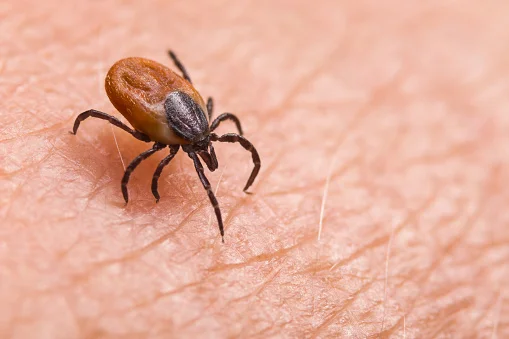
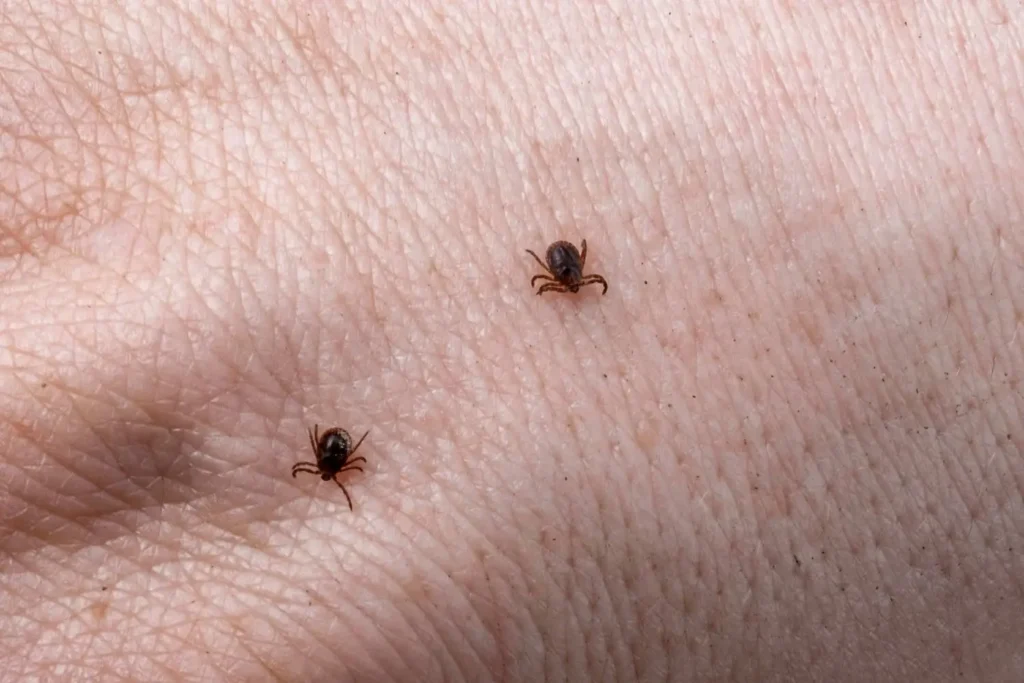
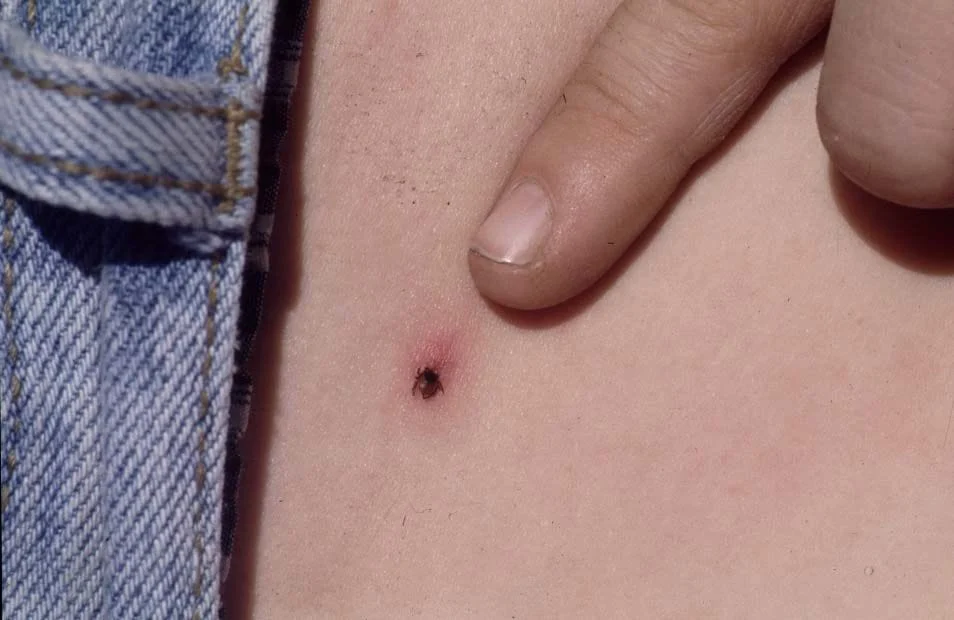
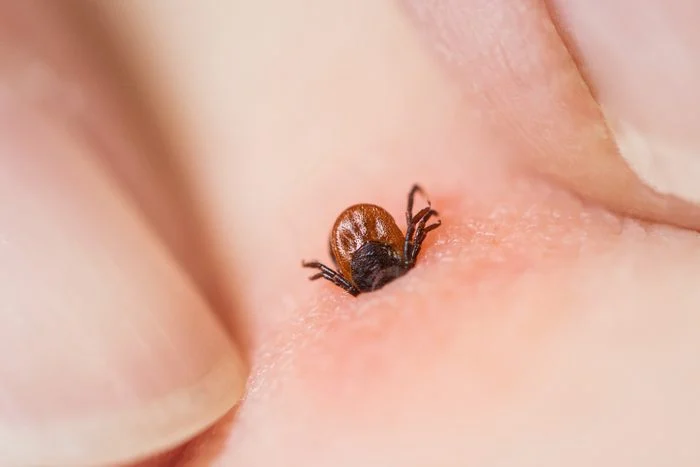
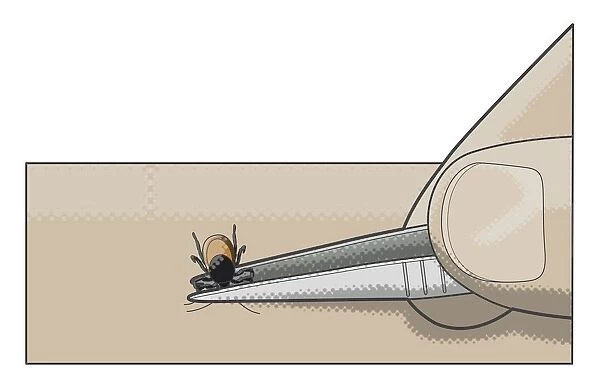
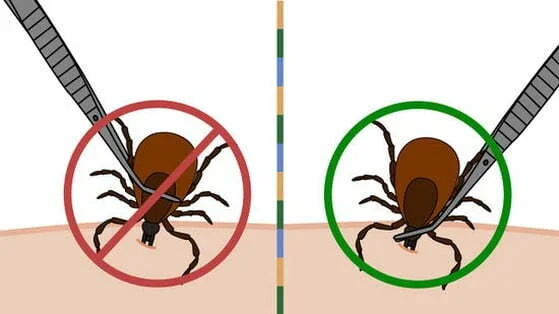
IDENTIFYING A TICK BITE
Tick bites don’t immediately itch like other bug bites, they can still cause a red welt or itchy lesion to rise on the skin after the tick has dropped away. Since you can not feel a tick’s bite, you can detect it in one of two ways: 1) By spotting or feeling a tick on your skin 2) By identifying a bite once the tick has dropped off
Here’s What To Do To Avoid Tick Bites
1. Wear insect repellent with 20% or more DEET. Repellents containing 20% or more DEET (N, N-diethyl-m-toluamide) can protect up to several hours. It can treat skin and clothing. Pay particular attention to legs and socks. Be aware that repellents may not prevent a tick from walking over treated areas to find an untreated area of your body.
2. Treat clothing with Permethrin*. Permethrin is an insecticide, not a repellent, and is very effective in protecting you from both ticks and mosquitoes. *Note: Permethrin is for your clothing, not your skin.
3. Wear long sleeves and long pants. Tuck your pants into your socks. This will prevent ticks from getting under your clothes.
4. Light colored clothing helps you spot ticks easily.
5. Tick check! If you feel a little tickle, check it out. You may not necessarily feel them. Have another person check places you cannot see.
6. Pay particular attention to: Joint areas (behind the knee, crook of the elbow, in the armpit). Where clothing constricts (waistband, collar, etc.). Hidden spots (hairline, behind ears, belly button)
REMOVING A TICK
Here’s how to remove a tick that has attached:
1. Have a fine-tipped tweezers on hand for proper removal of an imbedded tick.
2. Grasp the tick’s embedded head end, as close to the skin as you can. Be sure not to grasp the body, which will cause the tick to regurgitate bacteria back into you.
3. Pull straight out without twisting or jerking. You want to get the whole tick, mouthparts and all.
4. Wash the area with soap and water and apply an antiseptic.
TREATMENT
- WisCorps recommends doxycycline within 72 hours of removal. This can handled at most urgent cares or clinics.
- Participant not wanting medical care will have to state that they are choosing to decline treatment
- Because these exposures are bacterial, the treatment is typically an antibiotic, such as doxycycline (a form of tetracycline) or Amoxicillin (in the penicillin family). The most common side effects of nearly all antibiotics are gastrointestinal problems, including cramps, nausea, vomiting, and diarrhea. Allergic reactions can also occur with all antibiotics, but are most common with medications derived from penicillin or sulfa. These reactions can range from mild skin rashes to rare but severe, even life-threatening, anaphylactic shock. Some drugs, including certain over-the-counter medications, interact with antibiotics.